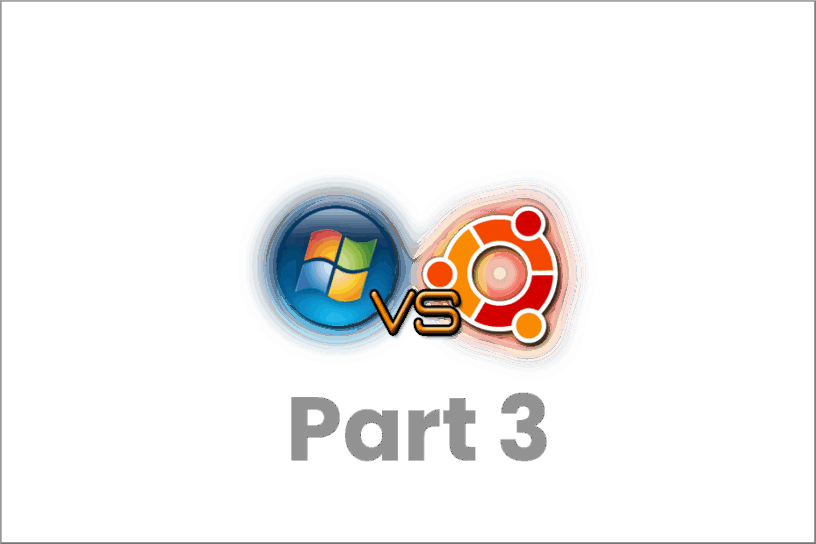Table of Contents:
Subtitled: The pain continues – sorting out TPM and boot errors.
There is a Part 1 and a Part 2 before this post, I’d recommend giving those a quick read before continuing here.
I finished Part 2 having rebuilt Windows (twice), wrestled (unnecessarily) with OneDrive and finally getting to the point where I can make a start installing Linux Mint on my desktop hardware.
From the time I embarked on this journey of Linux enlightenment up until now, Linux Mint has been updated (to 22) and using Ubuntu 24.04 in the background. Given that Ubuntu Desktop 24.04 didn’t work all that well for me, I’m not expecting too much from Linux Mint 22.
However, I think it’s going to be worth a go, just to see if the Mint element makes anything better. But let’s do this virtually first.
Virtually recreating the new new plan
Prep work (because I love to prep)
I recreated the new new plan in a virtual machine:
- Two virtual disk drives (512Gb each).
- One drive partitioned roughly in half (approx. 250Gb). This will run Windows 11, the efi boot partition and the Linux root installation.
- The second drive is one partition, just for the Linux /home folder.
With Windows 11 installed (and updated with its billions of updates) I was ready for the dual boot installation.
A snapshot first, of course.
First try: Linux Mint 22
The installation process for all of the dual Windows\Linux installations is basically the same (as they’re all Ubuntu based) and is very straightforward.
- Boot from efi USB.
- Wait for the “trial” desktop to appear, click the install symbol.
- When it comes to the install, choose “Something else”.
- The “Something else” choice will allow the configuration of the disk partitions manually.
- Configure the root (/) and home (/home) partition targets and choose the Windows Boot partition for the boot target.
Reboot when it’s all installed and there we are: dual boot Windows 11 and Linux Mint 22. OK, there’s a little more to it than that, but for brevity, I left that shite out.
Linux Mint 22 is based on Ubuntu 24.04, so I’m expecting the same failures to occur: VMWare Workstation installation errors, mainly. The new new plan doesn’t include OneDrive or Office, they’re replaced with Dropbox and LibreOffice, so I didn’t have to test those.
Did I mention TPM?
I didn’t. When I did the original hardware installation of Ubuntu 24.04 (this is in the Post 1 timeline), there were some boot errors. The boot errors related to TPM, specifically TPM 2.0. Looking those errors up revealed that disabling TPM in the BIOS would stop the errors from happening.
I disabled TPM, and the errors disappeared. Windows still works too, so that’s a bonus! (You need TPM switched on to install Windows 11, but you can remove it afterwards.) Bit disappointing, as TPM provides a hardware layer of security of sorts, by removing it lowers your BIOS security. I can’t see that being an issue on my home desktop, but probably wouldn’t want to do that for long with a laptop, or something more nickable.
VMWare Workstation allows you to add a virtual TPM device (so you can install Windows 11). Fortunate, as I needed to remove it to install Linux Mint.
Of course Linux is going to support TPM, so I did a bit of fannying around with adding the virtual TPM module after installing Linux. The boot errors came back (expected) and whatever I did in Linux made no difference at all (unexpected). I suspect more knowledge is going to be required (by me) here, so after a couple of hours of research and tweaking, I gave up for the time being. It looks like Linux will support secure boot, TPM 2.0 and disk encryption, but that seems like running before I can even walk. Or crawl, in my case.
Speaking of VMWare Workstation
Remembering the previous shenanigans installing VMWare Workstation on Linux, I’d found some guidance to install it and manually install the modules so that it would run. And run it did (although I never got as far as running a VM on it), but more boot errors were created.
The errors were related to the modules I had to manually build for VMWare Workstation. Research revealed that I am too stupid at the moment to sort those out (in addition to the TPM issues), so I think I’ll abandon ship on Linux Mint 22/Ubuntu 24.04.
Looking up the support cycle for Ubuntu 22.04, that’s good until 2027. So I have three years to go. Plenty.
Elementary
I’m all for different things, so I thought I’d give Elementary a go, just to see what that was like. It’s based on Ubuntu 22.04, so all the VMWare stuff should be good to go. Unfortunately, I don’t think it looks good at all, so I won’t be bothering with that. Apologies to the very nice chap that suggested it, but bloody hell, it’s a horrible looking, clunky thing 😁
Second try: Linux Mint 21.3
The nice thing about VMWare Workstation is that you can roll back with a snapshot. I took a snapshot at the point where Windows 11 was configured and nothing else. Rolling back means I can crack on with the dual boot of Linux Mint 21.3. Which was nice.
Nothing much to report. The installation is the same as Mint 22, and the installation of the various programmes like Edge, Dropbox and even VM Workstation went well without errors. There are no boot errors (no TPM!) and everything looks and feels OK – as far as a virtual machine goes, that is.
The next step then, is to perform the actual hardware installation. Finally! This was the point I should have been at days ago! 😁
The saga continues in Part 4!

